12 Wild Animals in Armenia [Wildlife in Armenia]
Want to know more about wildlife in Armenia?
Discover 12 wild animals in Armenia in this post, as well as interesting facts about them. 🇦🇲
Learn All About Armenian Animals
Ready to learn all about Armenian animals?
I’ve always been fascinated by animals, and by how they can be so different from one country to another. In this guide, we’ll focus on the many animals Armenia has on the land, in the sky, and under water.
I’ve split the guide into 6 categories:
- Native animals from Armenia
- Endangered animals of Armenia
- What is the Armenian national animal?
- How many animals native to Armenia?
- Does Armenia have tigers?
- Are there bears in Armenia?
Let’s dive in right away with our first category!
Native Animals from Armenia
Armenia is a landlocked country located in Western Asia. It is bordered by Turkey, Georgia, Azerbaijan, and Iran, and its capital city is Yerevan, which counts more than 1,060,000 inhabitants (but more than 1,420,000 if you include the metropolitan area!).
An interesting part of the country that I wanted to tackle is its wildlife. In light of that, I have listed the best of it, and I hope you will love learning what animals live in Armenia.
Here’s the Armenia animals list.
1. Wild goat
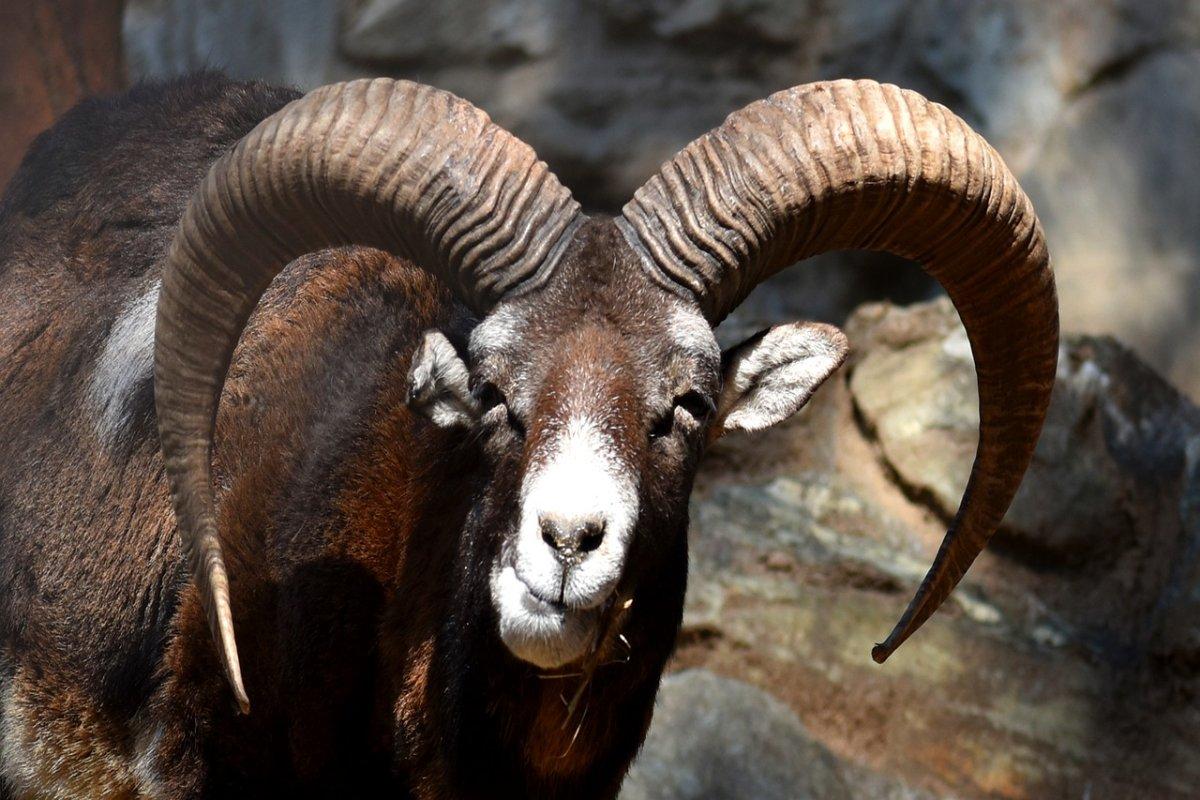
- Name: Wild goat
- Scientific name: Capra aegagrus
- Conservation status:
The wild goat, also known as the common ibex, lives in forests and rocky areas, in a large area from Turkey to Afghanistan and Pakistan. It is one of the living ancestors of the domestic goat.
In Armenia, wild goats can be found in precise locations: the Zangezur Mountains, Khosrov State Reserve, and the Syunik Province. Wild goats live in greatly varying sizes, from 2 to 131, which changes depending on the season! What remains though is the 2 female per male ratio.
2. Steppe eagle
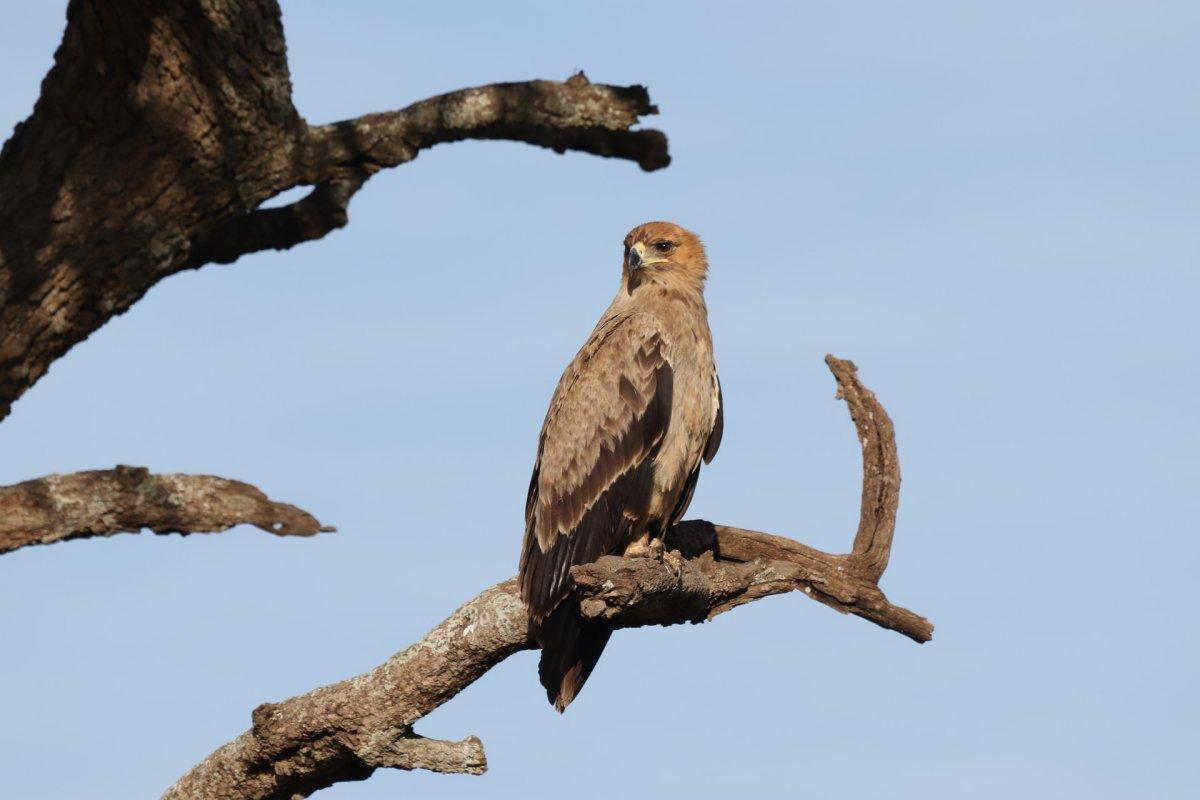
- Name: Steppe eagle
- Scientific name: Aquila nipalensis
- Conservation status:
The steppe eagle is a large bird of prey that specializes in hunting ground squirrels and their breeding ground, as well as small mammals when they don’t find squirrels.
This eagle has a dark brown plumage, with a very thick neck and a small head. It takes its name from its habitat: the vast and flat steppe, its unique home. During the winter, the steppe eagle might be seen in human-modified areas due to a lack of food.
3. Caucasian leopard
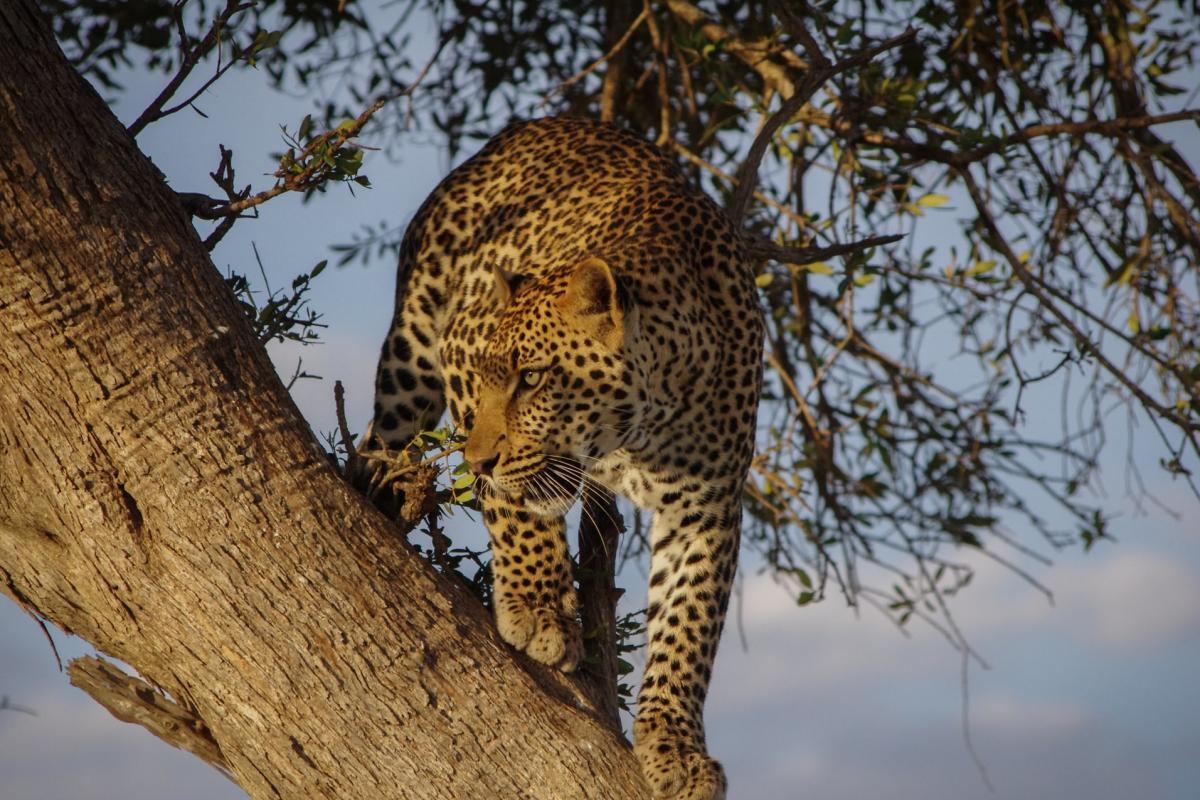
- Name: Caucasian leopard
- Scientific name: Panthera pardus tulliana
- Conservation status:
The Caucasian leopard, Persian leopard, or even Anatolian leopard (only in Turkey), is a leopard species native to the Iranian Plateau and its surroundings, including Armenia.
Like other leopards, the Caucasian leopard lives in dense forests, where its fur is helping it hide perfectly. Nowadays, there are not many of them anymore sadly, as they are listed as endangered, are very elusive, and are threatened by poaching, fire, deforestation, and infrastructure development.
4. Red deer
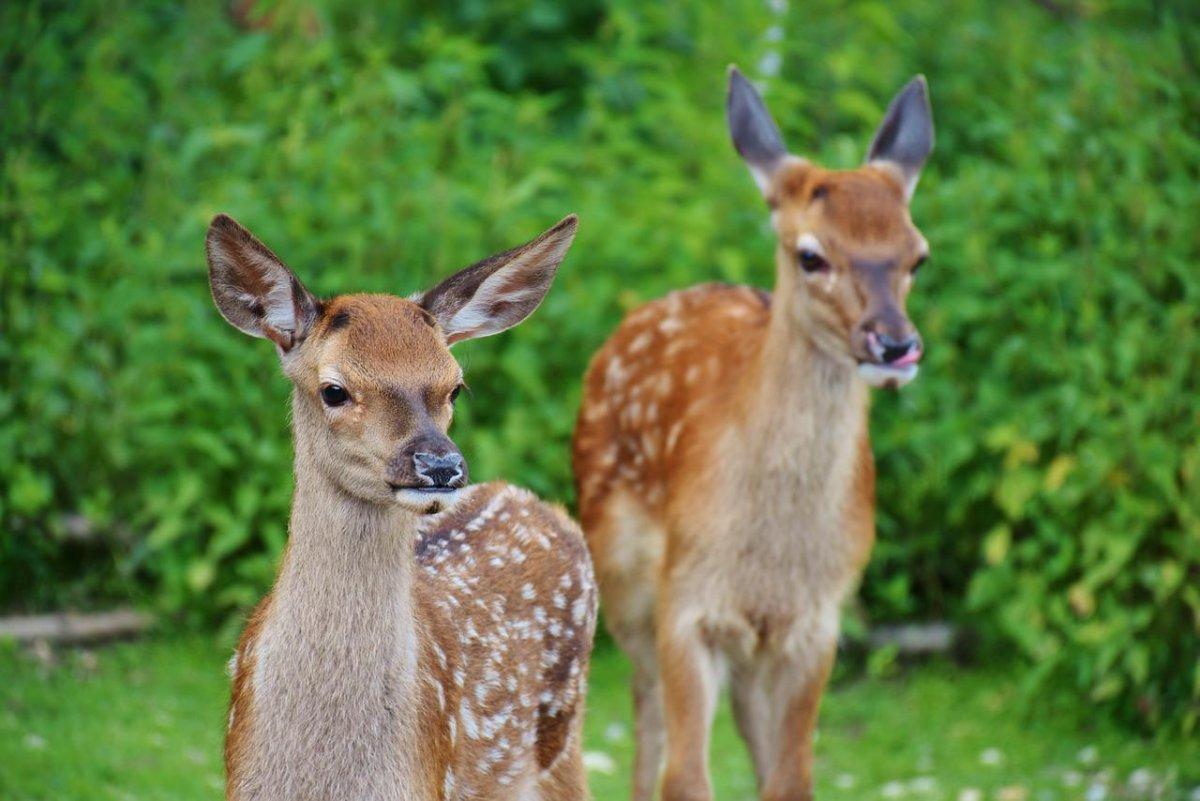
- Name: Red deer
- Scientific name: Cervus elaphus
- Conservation status:
The red deer is one of the largest species of deer on the planet, the fourth-largest actually. It can be found in most of Europe, but also in the Caucasus and the Atlas Mountains. It was even introduced in North America, Australia, and New Zealand.
At one time, the red deer was rare in Europe, but never close to extinction. Reintroduction and conservation initiatives helped it a lot, and it is now widespread.
5. Armenian mouflon
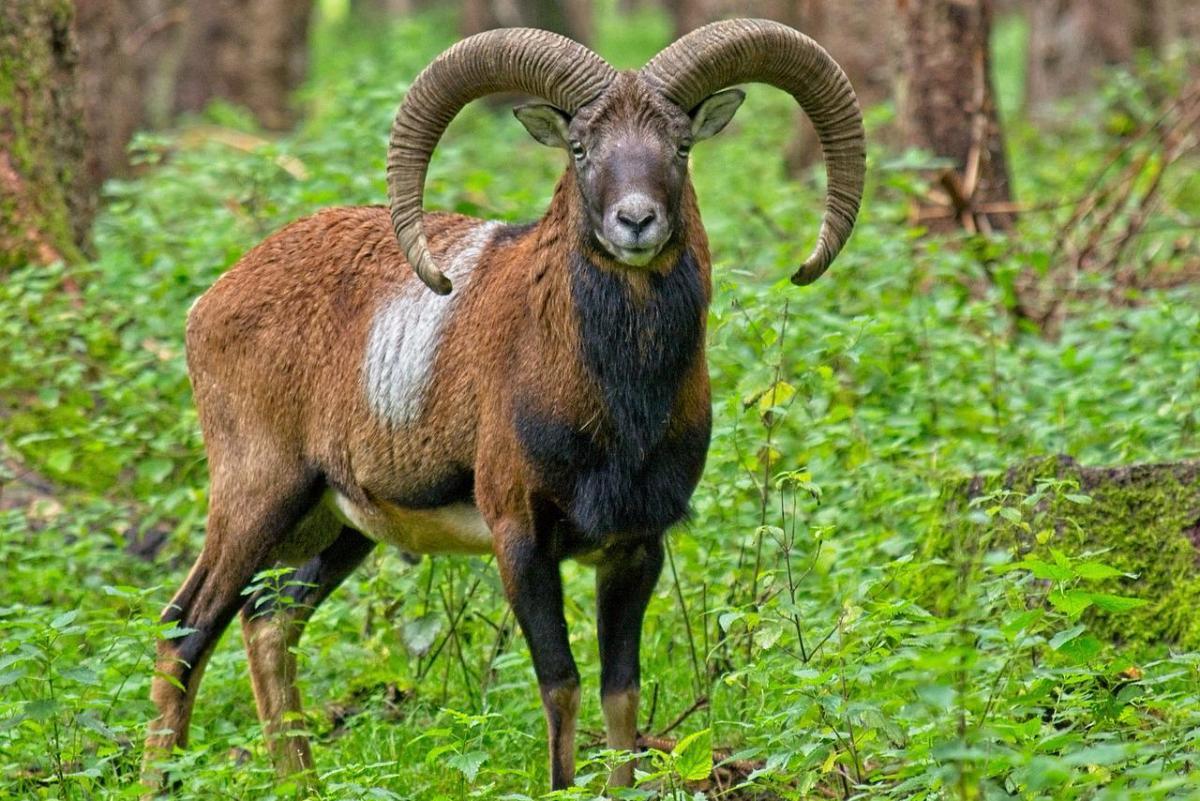
- Name: Armenian mouflon
- Scientific name: Ovis gmelini gmelini
- Conservation status:
The Armenian mouflon is a mouflon subspecies endemic to Armenia, Iran, and Nakhchivan, an exclave of the Republic of Azerbaijan. It was first described in 1840, by Edward Blyth.
This mouflon has recurved horns that reach the back of its head, and can mostly be found in Syunik province in Armenia. It inhabits open terrain, at medium or high altitudes. During summer, you will find it just below the permanent snow, at a higher elevation, while it comes down for winter.
6. Dalmatian pelican
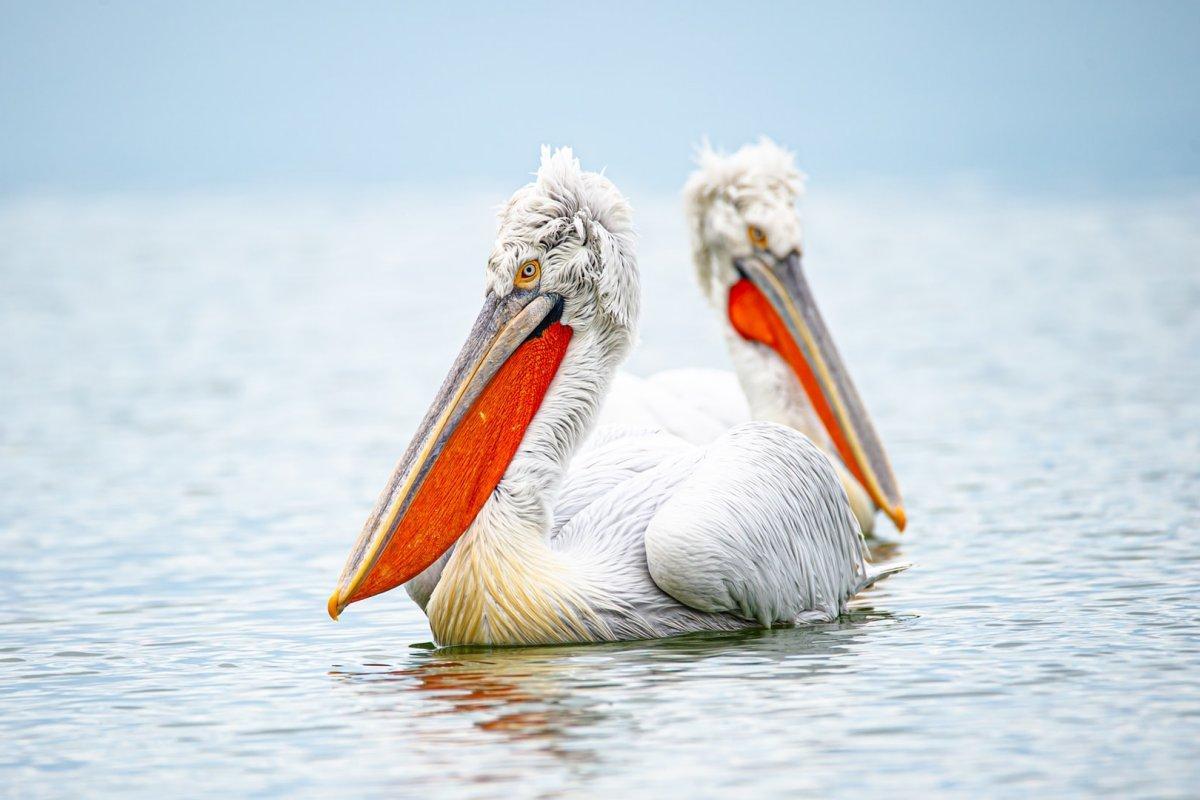
- Name: Dalmatian pelican
- Scientific name: Pelecanus crispus
- Conservation status:
The Dalmatian pelican is the largest of all pelicans, and maybe even the world’s largest freshwater bird. It also has one of the biggest wingspans that rival that of the great albatrosses.
The species suffered a dramatic decline during the 20th century, mostly due to land use and poaching activities. Nowadays, the core of the population survives in Russia, but it is critically endangered in Mongolia. Because of this, it is currently listed as overall near threatened.
7. Armenian cochineal
- Name: Armenian cochineal
- Scientific name: Porphyrophora hamelii
- Conservation status:
The Armenian cochineal is definitely not an animal you can easily see, having a length of up to 12 mm / 0.47 in. Despite this, it is listed as critically endangered within Armenia, due to the development of saline lands, climate change, and uncontrolled livestock grazing.
Believe it or not, it is a very important animal in Armenia. It is one of the ancient sources of red dye in the Middle East and Europe. Because of this, you will find several representations of it throughout Armenia’s history, from paintings to sculptures as well as clothing.
8. Cinereous vulture
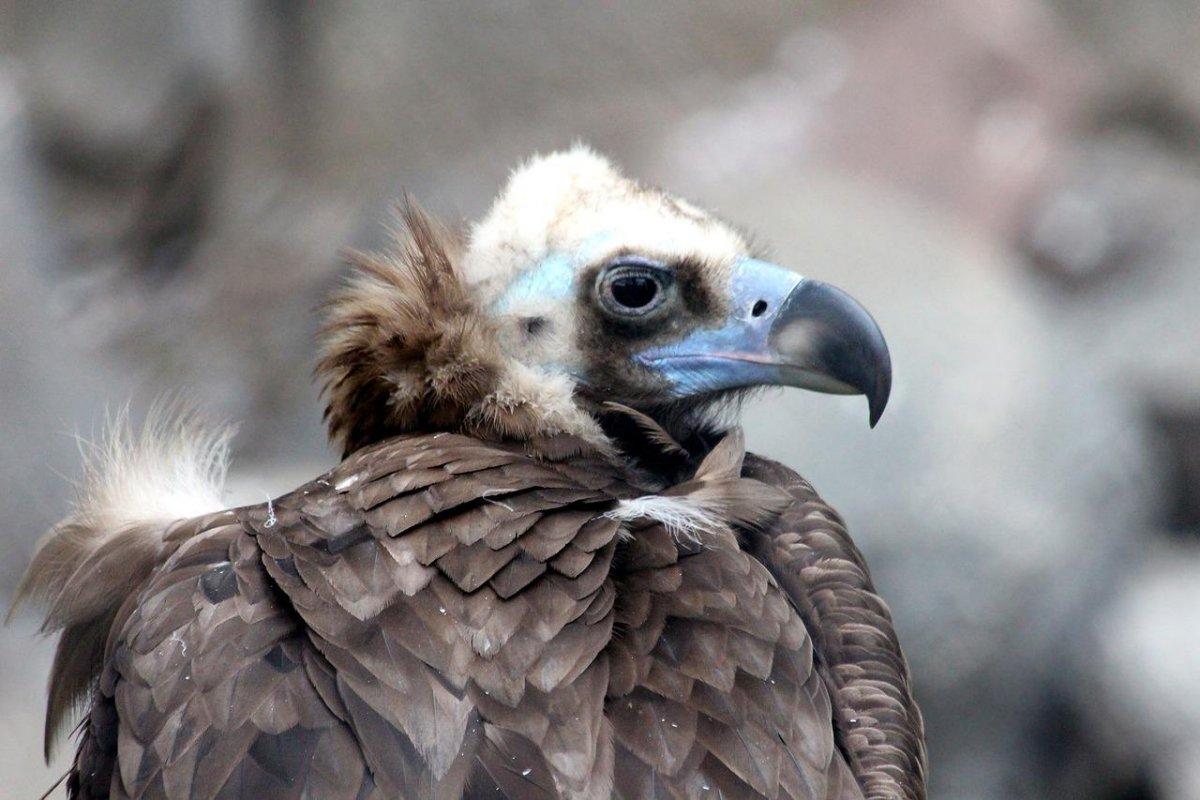
- Name: Cinereous vulture
- Scientific name: Aegypius monachus
- Conservation status:
The cinereous vulture can be found throughout most temperate Eurasia, including Armenia. It is a large raptor and is also known as the black vulture or the monk vulture.
These vultures like to inhabit remote areas with little to no human activity, and they favor dry habitats at high altitudes, like meadows and mountain ranges. They are solitary birds most of the time but can live in pairs.
9. Eurasian lynx
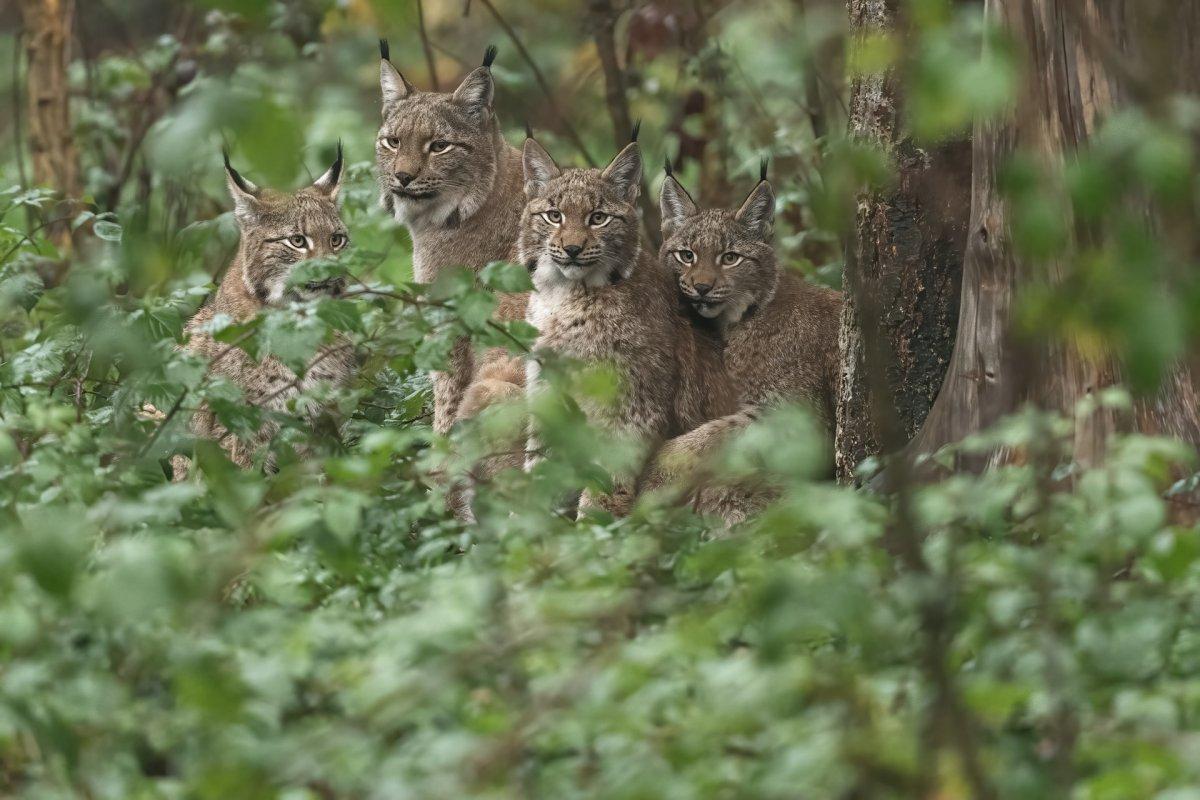
- Name: Eurasian lynx
- Scientific name: Lynx lynx
- Conservation status:
The Eurasian lynx is a particularly elusive medium-sized wild cat that can be found throughout most temperate and boreal forests of Europe and Asia. Even though it is currently listed as least concern, it is definitely threatened by habitat loss and poaching.
The Eurasian lynx feeds on small mammals and birds, including rabbits, squirrels, and other rodents. Its predators are the gray wolf (when the lynx does not manage to escape on top of a tree) and, believe it or not, the wolverine, a small but extremely ferocious and strong carnivore.
10. Darevsky’s viper

- Name: Darevsky’s viper
- Scientific name: Vipera darevskii
- Conservation status:
Darevsky’s viper is a small venomous viper endemic to northwestern Armenia and northeastern Turkey. It was named this way in honor of Ilya Sergeyevich Darevsky, a Russian herpetologist who described 34 species of amphibians and reptiles over the span of his career.
Fortunately, its venom is not lethal to adult humans, but its bite is particularly painful and will cause swelling. It feeds on lizards and small rodents most of the time and digests them very quickly thanks to its strong venom.
11. Sevan trout
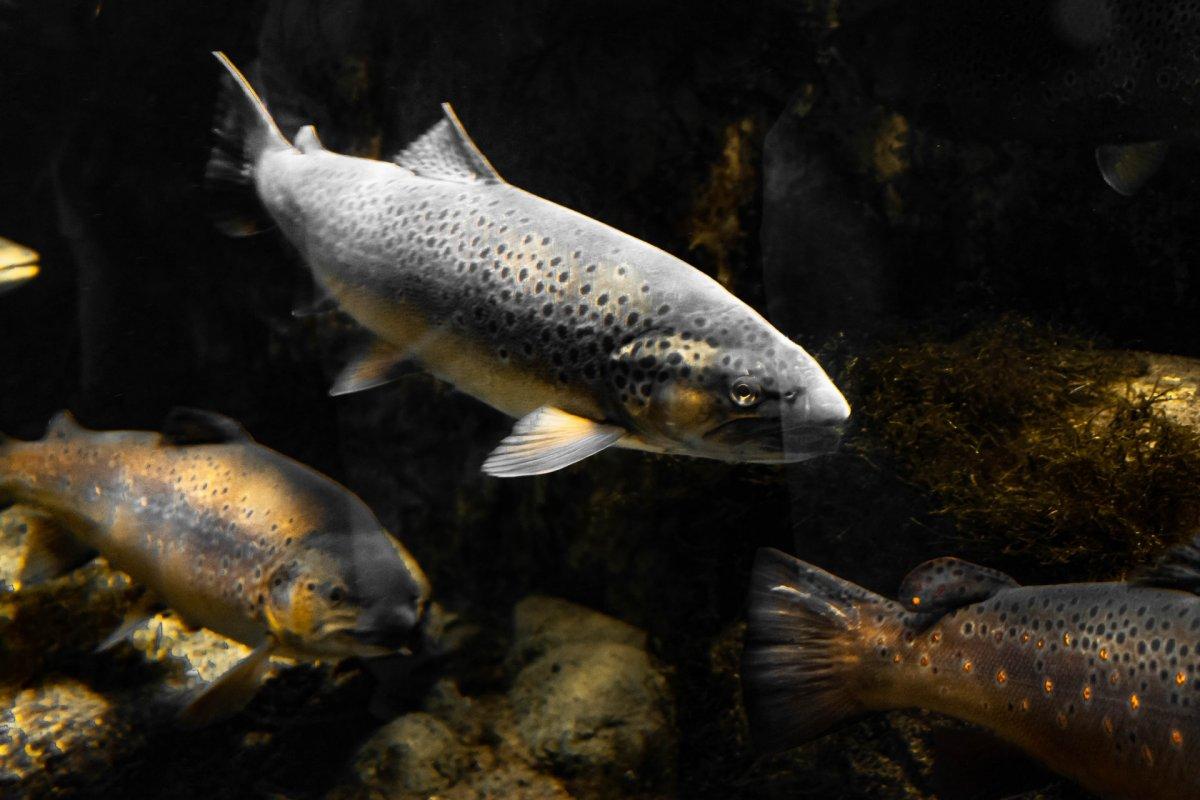
- Name: Sevan trout
- Scientific name: Salmo ischchan
- Conservation status:
The Sevan trout is an endemic fish of Lake Sevan in Armenia. It is locally known as ishkhan, and it is related to brown trout. It is threatened by lake level change as well as the introduction of other competitors. Because of this, it was introduced to Issyk Kul lake in Kyrgyzstan.
Because of this, it is now protected way more than before, and Armenia’s Council of Ministers stopped the commercial fishing of Sevan trout.
12. Eurasian spoonbill
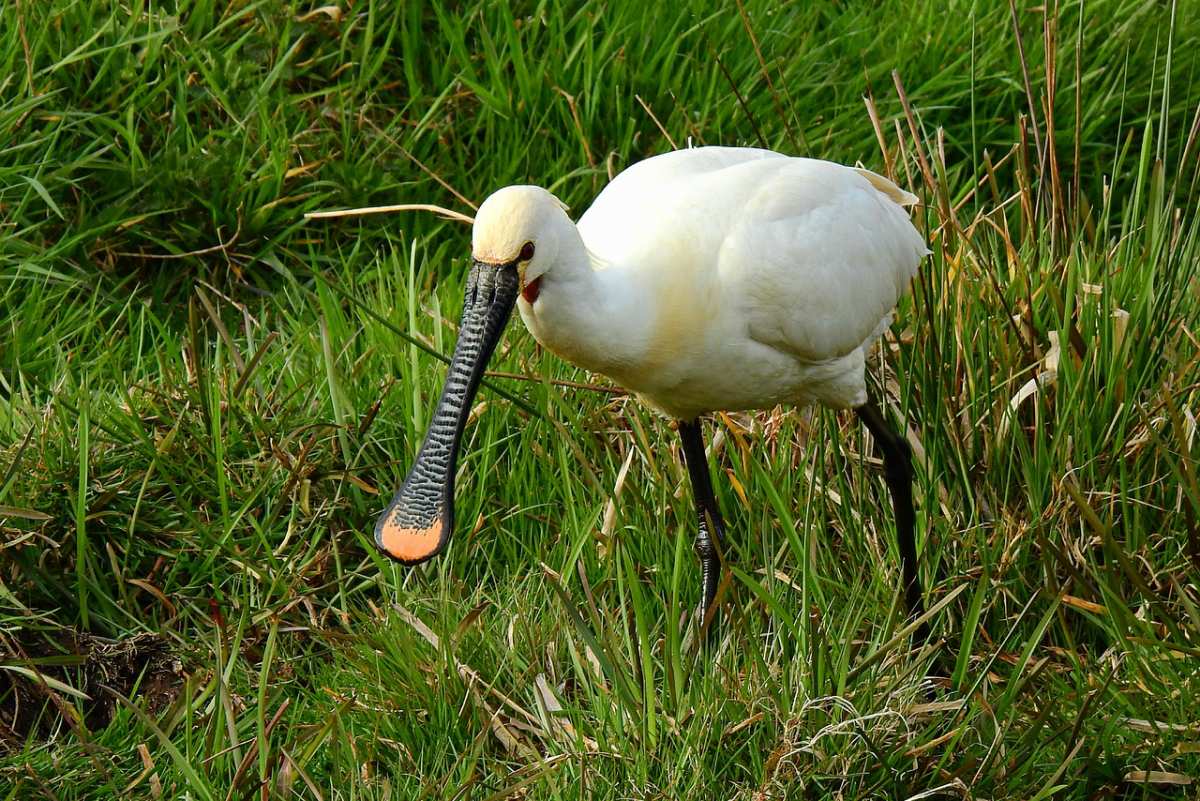
- Name: Eurasian spoonbill
- Scientific name: Platalea leucorodia
- Conservation status:
The Eurasian spoonbill, also known as the common spoonbill, is a large bird with a peculiar bill, which is flattened and looks like a spoon. It is particularly useful to find its food in the mud: insects, mollusks, and crustaceans are all on this bird’s diet.
The Eurasian spoonbill can be found in shallow wetlands with fine sandy beds. It is an almost entirely white bird with black legs and a bill, with a yellow tip.
—
So there you have them, these were my 12 wild animals in Armenia. I hope you enjoyed this list and that you learned something new today.
In case you want to learn more about animals in the country, feel free to keep reading, as I still have lots of things to tell you about:
Endangered Animals of Armenia
This is definitely the saddest part of the list, but it is very important to raise awareness. Because of this, let’s go through the list of endangered animals in Armenia.
Here are the animals in danger of extinction in Armenia.
- None
- Sociable lapwing
- Sevan trout
- Eremias pleskei
- Vipera darevskii
- Phrynocephalus horvathi
- and 2 more…
- Steppe eagle
- Egyptian vulture
- Saker falcon
- White-headed duck
- Dahl’s jird
- and 1 more…
To see the full list of endangered species in Armenia, head over to the International Union for Conservation of Nature’s Red List.
What is the National Animal of Armenia?
The national animal of Armenia is the golden eagle.
The golden eagle is a symbol of might and prestige. It is a bird of prey that can be found throughout most of the Northern Hemisphere, and it has always been an important part of the culture in Armenia, mostly as a heraldic symbol.
On top of that, Armenia also has a mythical national “animal”: the dragon! This is obviously much more about folklore and legends, but the dragon is still officially a national symbol in Armenia.
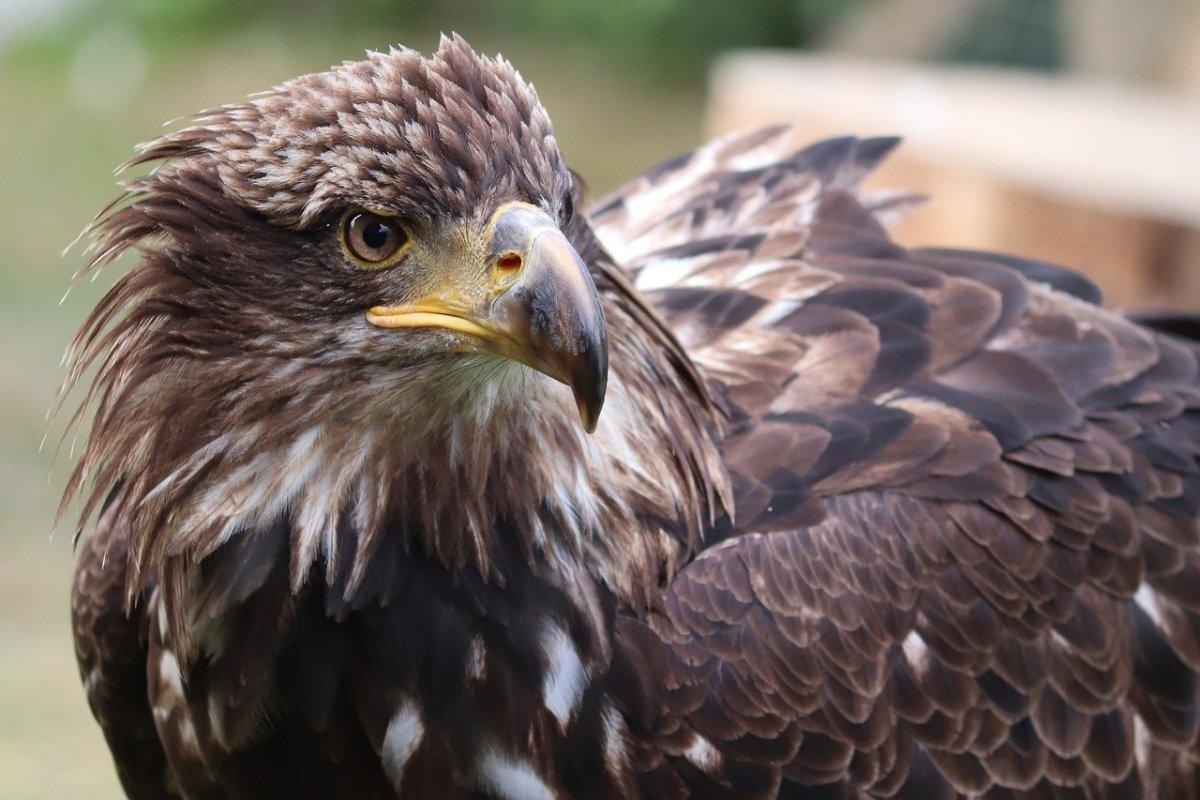
How Many Animals Native to Armenia?
What is the diversity of native animals in Armenia?
Let’s look at the total number of species of Chordata (mammals, birds, fishes, and reptiles).
Total number of animal species in Armenia: 496 (4,927 in total in West and Central Asia)
Does Armenia have tigers?
No. There used to be a widespread species of tiger, the Caspian tiger, which is now extinct. It was native to Turkey all the way to western China. It has been extinct since 2003.
Recently though, shady imports of lions and tigers have happened in Armenia, spreading fear. Other than that, no tigers can be found in the wild in Armenia today, only in zoos.
Are there bears in Armenia?
Yes, there are definitely bears in Armenia. The most widespread species is the Syrian brown bear. It is native to the Middle East, and can also be found in the Caucasus mountain range.
This bear is majorly threatened by habitat degradation and persecution for attacking livestock and beehives. It is now more elusive than before and is hiding in the mountains.
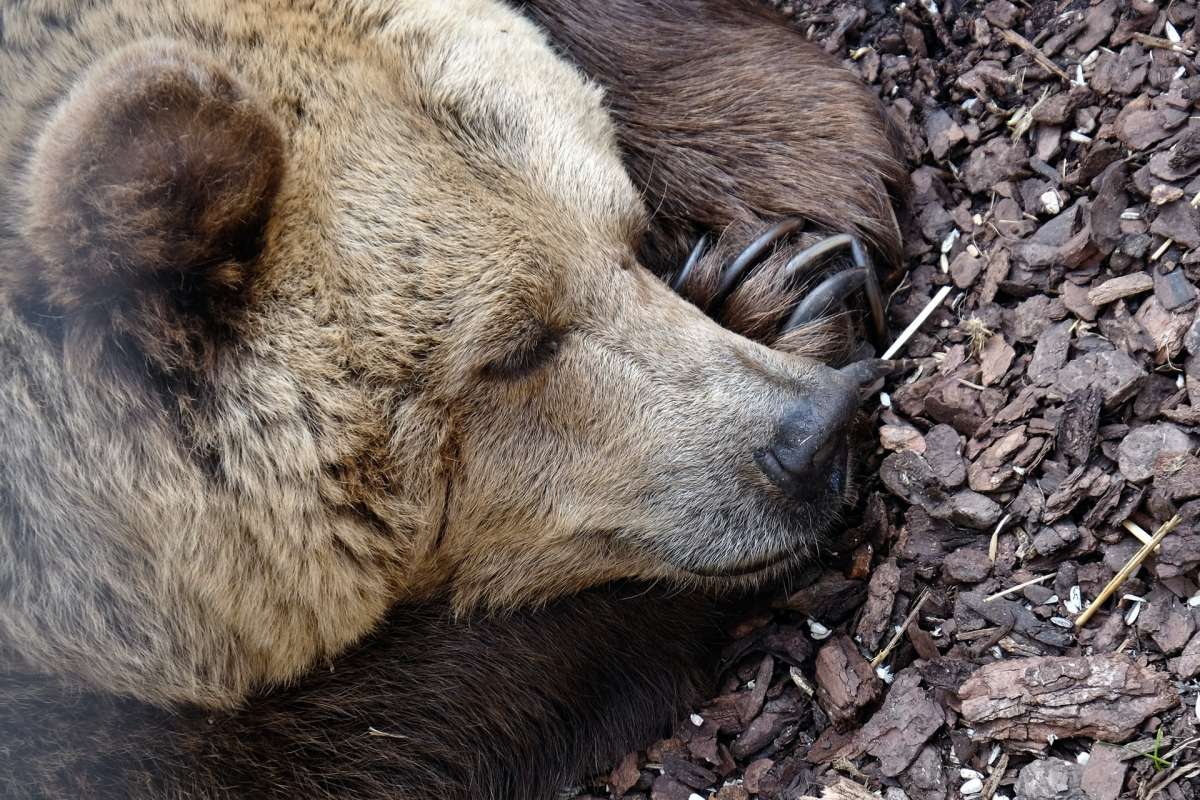
More About Animals in the World!
Loved these Armenian wildlife facts? Want to see what animals live in other countries?
Then check out these posts:
Or click here to see ALL the facts up on the blog! Spoiler alert: there’s A LOT of them.
Share the knowledge! Click on the buttons below to share information about these famous animals in Armenia with your friends, and help them learn more about the world 🙂
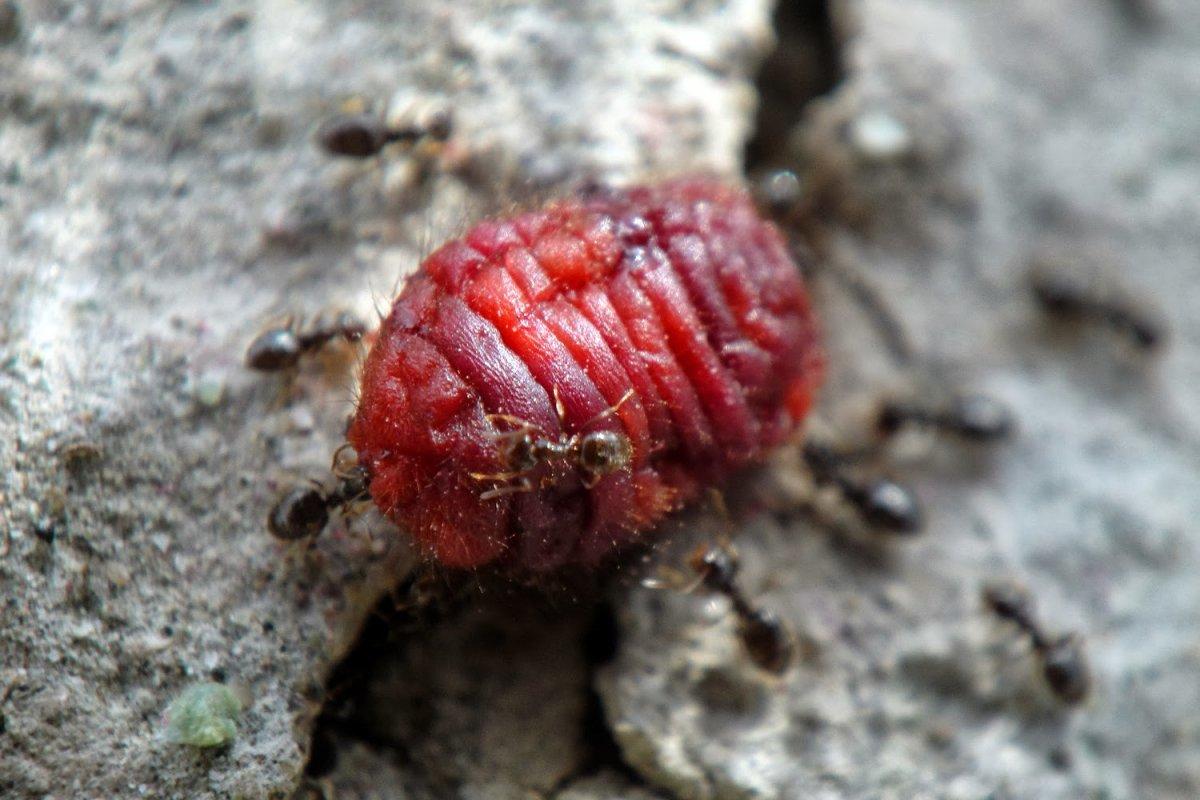

![21 Wild Animals in Azerbaijan [Wildlife in Azerbaijan]](https://www.kevmrc.com/wp-content/uploads/2022/06/21-wild-animals-in-azerbaijan.jpg)
![27 Wild Animals in Papua New Guinea [Wildlife in Papua New Guinea]](https://www.kevmrc.com/wp-content/uploads/2023/01/27-wild-animals-in-papua-new-guinea.jpg)
![10 Wild Animals in Antigua And Barbuda [Wildlife in Antigua And Barbuda]](https://www.kevmrc.com/wp-content/uploads/2022/08/10-wild-animals-in-antigua-and-barbuda.jpg)